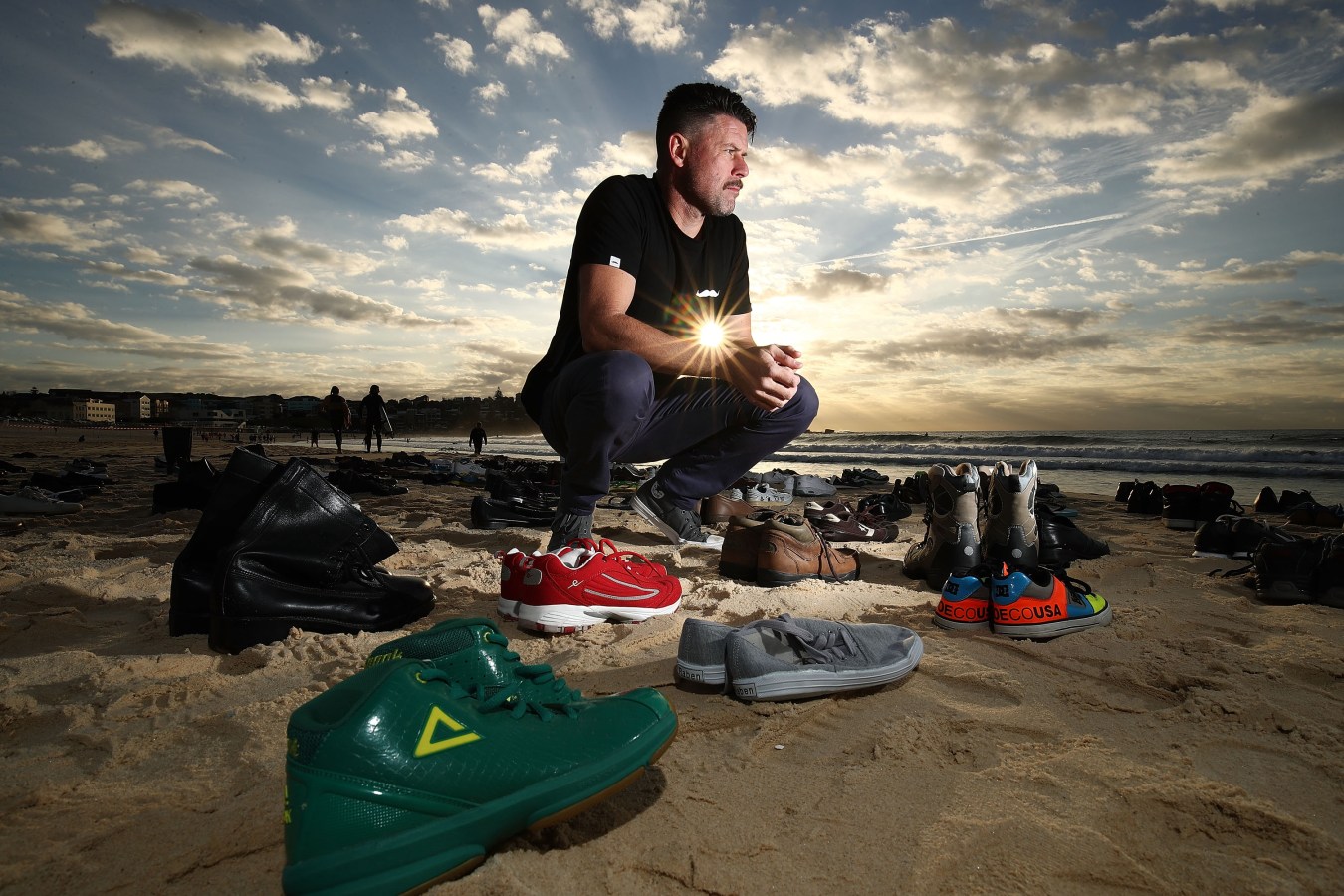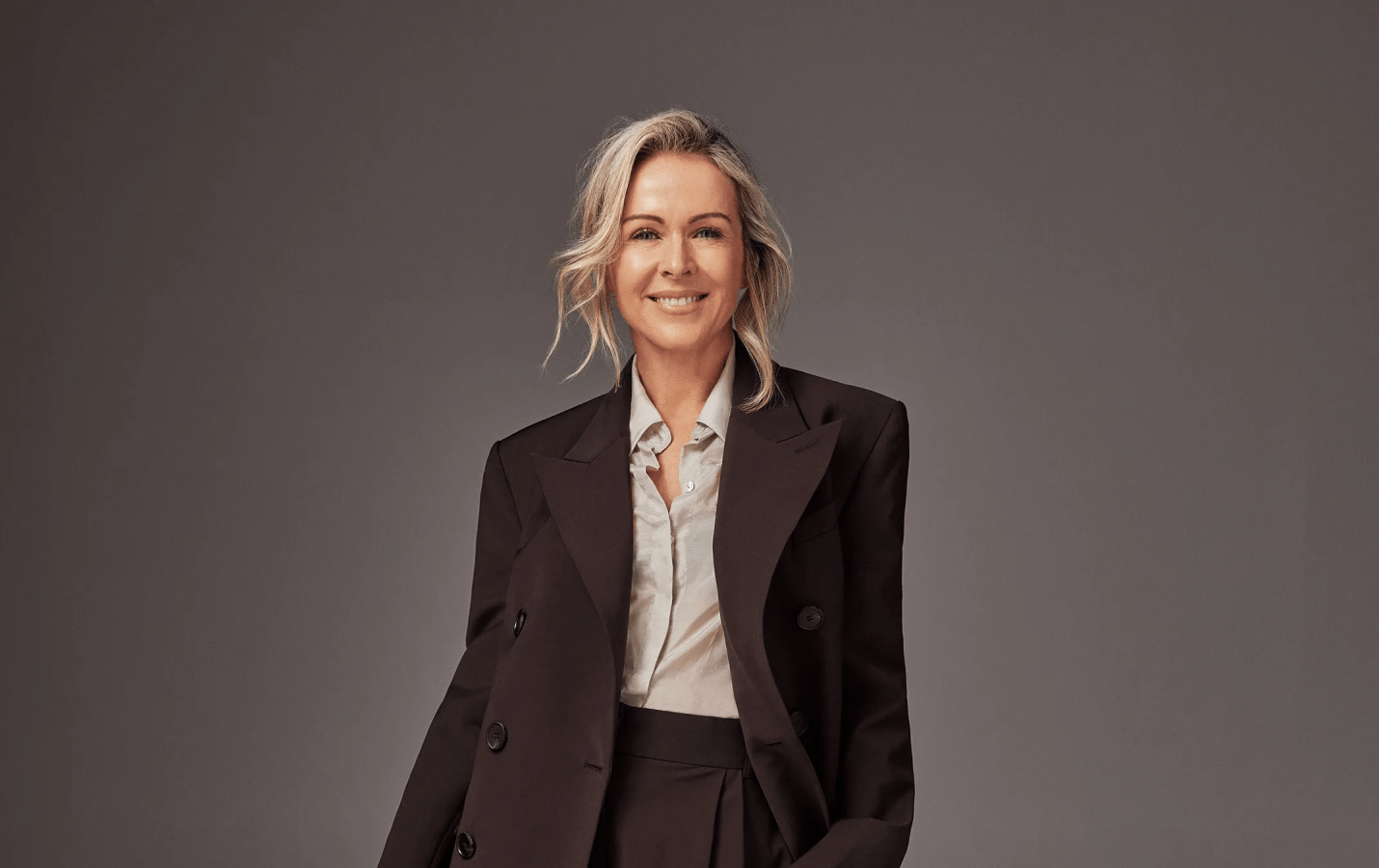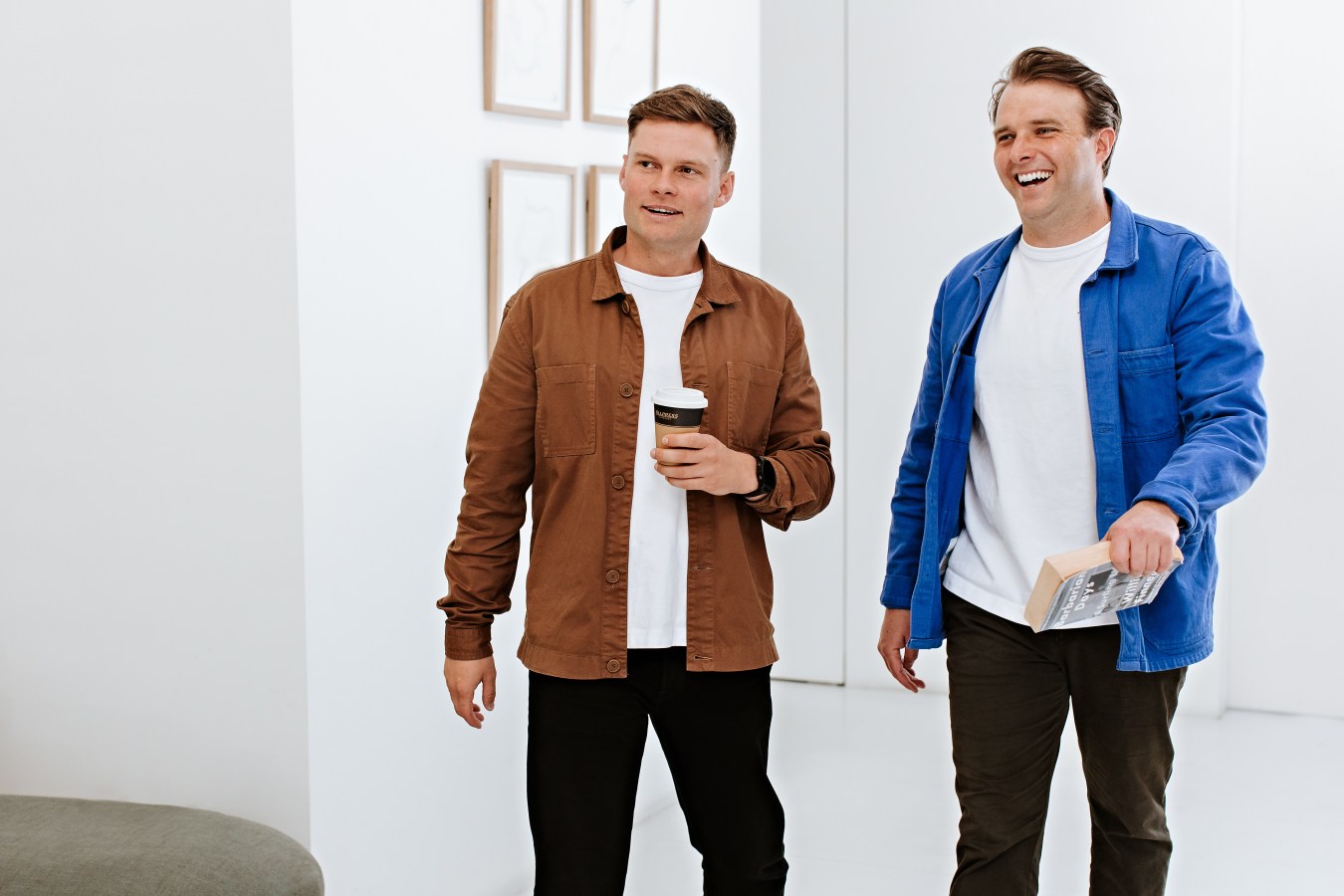Former lawyer, Bernadette Olivier was inspired by companies like Airbnb and Uber when she and three friends started luxury dress-sharing platform, The Volte, five years ago. Now it has just partnered with eBay and has become the biggest luxe clothing rental company of its kind in the world.
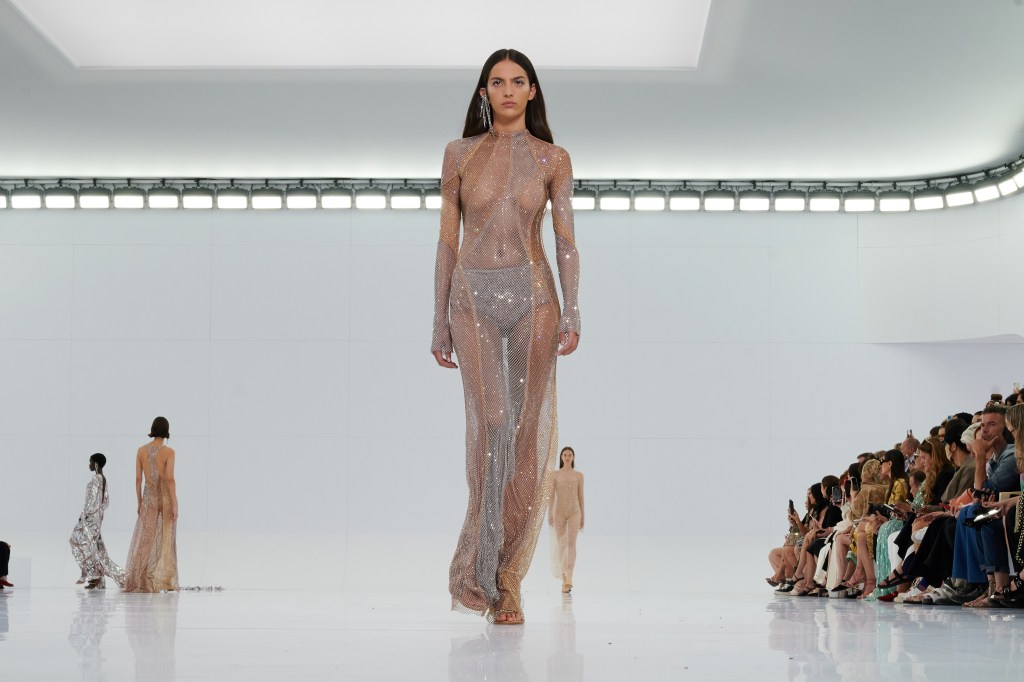
Luxury dress-sharing platform The Volte, was born out of practicality and necessity. Co-founder and now CEO, Bernadette Olivier, a former lawyer working for hedge funds in New York and London, was being invited to a number of weddings and special events every year, but she couldn’t justify forking out thousands of dollars each time for a new designer outfit. Fast forward six years and The Volte is the largest luxury clothing rental company in the world. Its recent partnership with eBay is likely to grow the company exponentially and challenge the fast-fashion industry, Olivier says.
Olivier says it was in 2008, when competitor Rent the Runway started gaining popularity, that she began questioning its business-to-consumer model that required the rental company to hold and continue to invest thousands of dollars worth of inventory.
“I thought that everyone would be wanting the same fashion at the same time – there was a gap. There was a supply and demand issue too,” she told Forbes Australia.
Around the same time tech companies such as Uber and Airbnb were expanding, leading Olivier and her co-founders – Bernadette Olivier, Genevieve Hohnen, Kym Atkins and Jade Hirniak – to re-think the luxury dress rental market.
“With the rise of Airbnb, and Uber, and going to a lot of weddings. I thought, well if people can make money from their cars and properties, why can’t you make money from your wardrobe?”
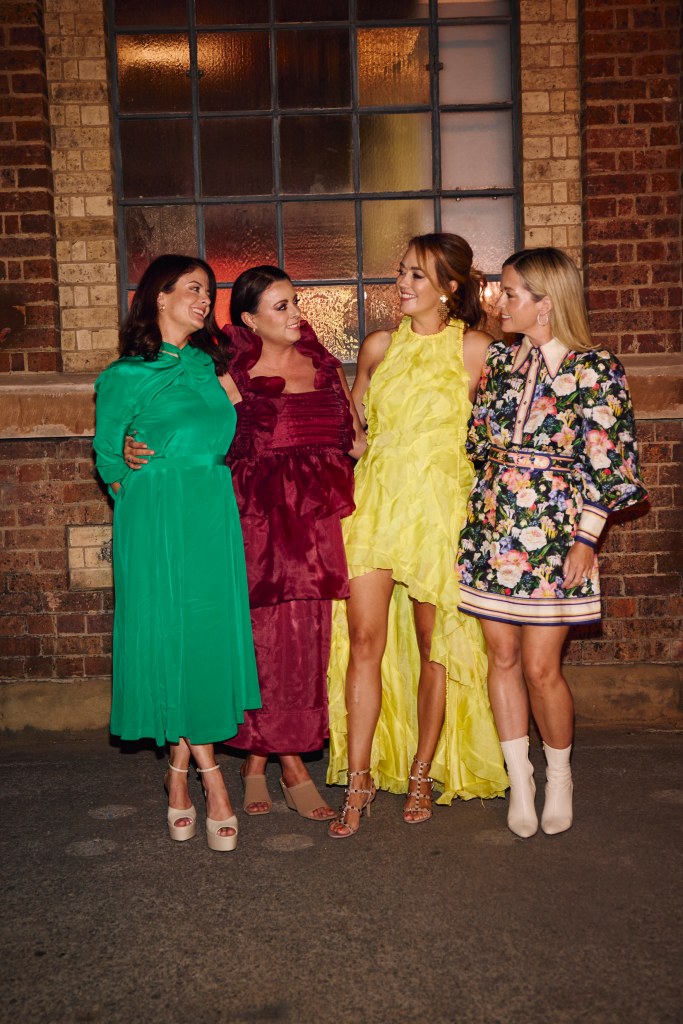
Initially, people were sceptical about how the process would work, Olivier says. “People kept saying – what if someone spills red wine on a dress, what if there’s damage? My co-founder Kym and I ended up coming together and she said: ‘look, at the end of the day it is a second-hand dress. It can’t hurt anyone…it can’t cause emotional damage. The risk is actually quite low.”
The company was initially bootstrapped by the founders, all of whom had varied complementary skills, from legal to academic and technology to education, and the platform build on third-party software. “We self-funded and then we always put a huge amount of money aside or marketing because…we realized that in order to make money with this business was going to need scale,” she says.
Disrupting the $420 billion fast-fashion market
Today The Volte is the largest luxury fashion-sharing platform in the world, attracting 300,000 active users a month.
Recently it closed an over-subscribed $4 million Series A capital raise led by eBay Ventures, eBay Inc.’s venture capital investment arm.
It’s a really powerful tool when it comes to sustainability because the biggest issue…is that we just find more we’re buying more and wearing clothes less. The idea is rather than buy a copy of a beautiful designer by Shein, you can buy the real Zimmermann dress and earn income from it. We support fashion as an investment.”
“People get to utilise a dress that they would only wear a couple of times. They might rent it out 15 or 16 times. We have had dresses that have been rented out 72 times,” Oliver says.
So, how much can one expect to earn from renting out their luxury frocks online? While numbers vary, Olivier says The Volte has more than 500 users earning between $50,000 and $100,000 a year by renting out their designer items.”
eBay Australia’s Head of Fashion, Brooke Eichhorn says eBay has been a long-term champion of fashion “re-commerce”, with more than 16 million pre-loved fashion items listed on the platform over the years.
“This partnership with The Volte will enable us to continue challenging and changing what it means to buy, sell and love fashion,” Eichhorn says. “Buy now, earn now, sell later are opportunities that last a lifetime. By pioneering greater accessibility, transparency and sustainability – we are way ahead of the curve in making fashion go further.”
The Volte has also started a new initiative where it will pay royalties to designers themselves each time one of their garments is rented or on-sold. “It’s really powerful because it allows designers access to the ratio of resale markets without dramatically pivoting their business,” Olivier said. “On top of that, it encourages them to make durable fashion that they can draw on the lifespan of their garments.”
Look back on the week that was with hand-picked articles from Australia and around the world. Sign up to the Forbes Australia newsletter here or become a member here.
